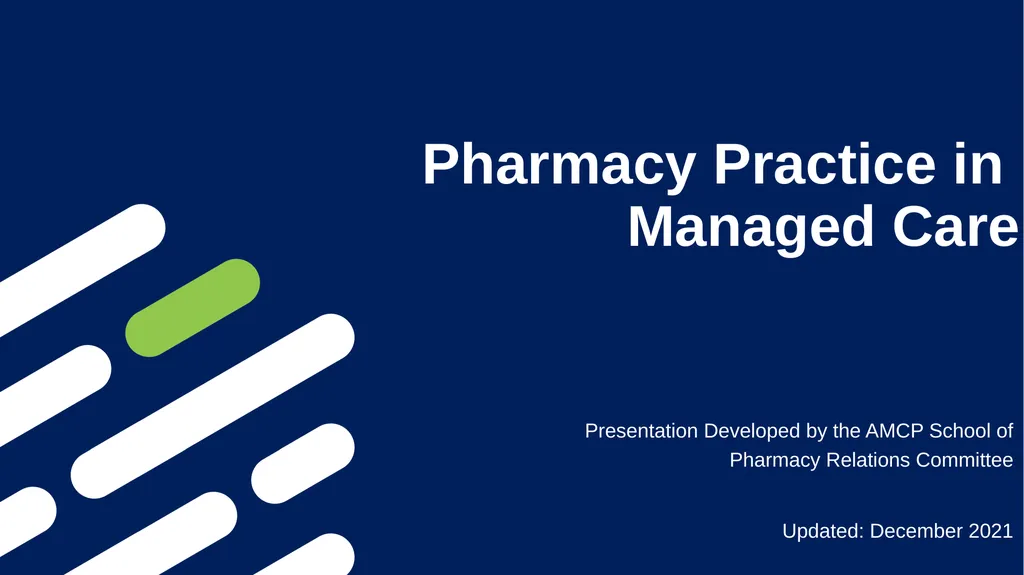
Pharmacy Practice in Managed Care Presentation
Author: celsa-spraggs | Published: 2025-05-29
Description: Pharmacy Practice in Managed Care Presentation Developed by the AMCP School of Pharmacy Relations Committee Updated: December 2021 Managed Care Definition An organized health care delivery system designed to improve both the quality and the
Download Presentation
Download the PPT/PDF: Download
Transcript:
Loading transcriptů